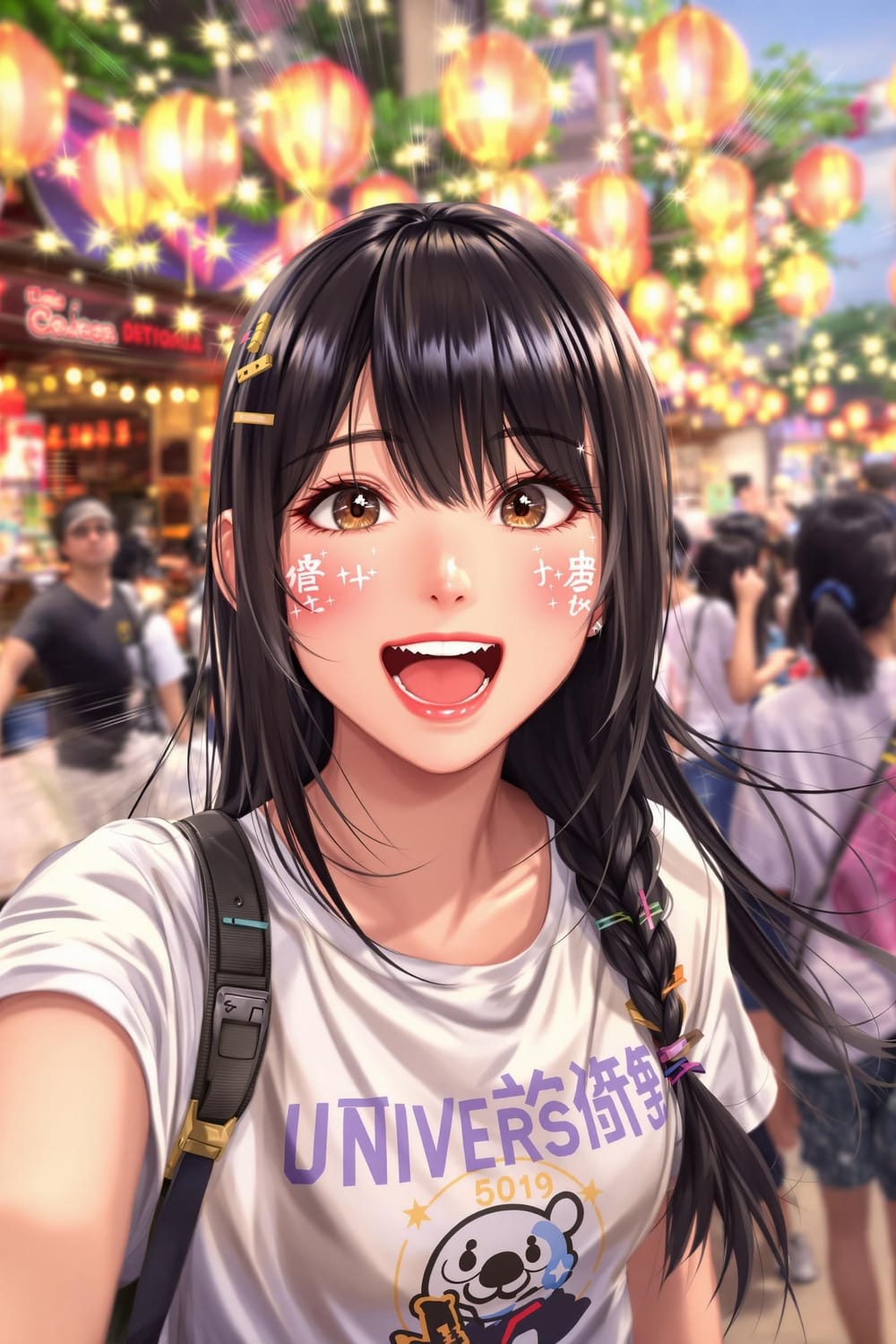The Quantum Tandem: How AI is Unlocking a New Era of Discovery
There is a quiet revolution happening. It isn’t taking place in the streets, but in chilled, shielded laboratories and inside the silent, humming server farms that power our modern world. It’s a revolution built on the partnership of two of the most powerful concepts ever conceived by humanity: quantum mechanics and artificial intelligence. Separately, they are transformative. Together, they promise to redefine what is possible.
This isn’t science fiction. This is the next chapter of our story, and it begins with understanding the wonderfully strange nature of reality itself.
The Universe’s Weird Operating System
For most of human history, we’ve experienced a predictable, classical world. A thrown ball follows a clear path; a light switch is either on or off. But as scientists peered deeper into the fabric of reality, they found a bizarre and counterintuitive set of rules governing the subatomic world. This is the realm of quantum mechanics.
Two of its core principles are particularly mind-bending:
- Superposition: Imagine a spinning coin. Before it lands, it is neither heads nor tails - it's a blur of both possibilities. A quantum bit, or 'qubit', behaves similarly. Unlike a classical bit that is either a 1 or a 0, a qubit can be both 1 and 0 at the same time. This ability to exist in multiple states at once grants quantum computers an almost unimaginable parallel processing power. They can explore a vast landscape of solutions simultaneously, a feat that would take a traditional computer longer than the age of the universe.
- Entanglement: Albert Einstein famously called this "spooky action at a distance." If you entangle two qubits, they become intrinsically linked. No matter how far apart you separate them - across a room or across a galaxy - the state of one instantly influences the other. Measuring one to be 'up' will cause the other to be 'down' in the same instant. This profound connection, faster than the speed of light, isn't just a curiosity; it's a fundamental property we can use to build powerful, interconnected computational networks.
For decades, these concepts were largely theoretical. The quantum world was too fragile, too complex, too "noisy" to harness effectively. We had discovered a new universal language, but we were barely fluent. Then, we built a translator.
AI: The Pattern Finder in a Quantum Haystack
Enter artificial intelligence, specifically machine learning. Modern AI is, at its core, a supremely powerful pattern-recognition engine. It can sift through mountains of chaotic data and find the hidden signal in the noise—whether that's identifying a cat in a photo, predicting stock market trends, or mastering the game of Go.
The synergy was immediate and profound. The greatest weakness of quantum computing - its instability and complexity is the exact type of problem AI excels at solving.
Today, AI is being used to:
- Design Better Qubits: AI algorithms can simulate and design more stable physical qubits, the very building blocks of quantum computers.
- Correct Errors: The quantum state is delicate. Even the slightest vibration or temperature change can cause "decoherence," destroying the computation. AI systems monitor the qubits in real-time, predicting and correcting these errors, acting as a sophisticated stabilization system.
- Discover New Algorithms: Perhaps most excitingly, AI can help us figure out what to do with quantum computers. It can explore novel ways to structure quantum algorithms to solve specific problems, finding pathways human intuition might miss.
We are using one revolutionary technology to unlock the full potential of another. The AI acts as our guide, helping us navigate the strange and powerful quantum landscape.
An Expansion of What We Can Know
So, what does this "Quantum Revolution" mean for us? The term "expanding consciousness" is often used, but it's not about telepathy or a psychic hive mind. It’s about a fundamental expansion of the problems humanity can solve. It's about augmenting the collective human intellect.
Consider the implications:
- Medicine: Designing a new drug involves understanding how complex molecules will interact. Simulating these interactions is often too difficult for classical computers. A quantum AI could model molecules with perfect accuracy, allowing us to design bespoke drugs to fight viruses, cancers, and Alzheimer's disease from the ground up.
- Climate Change: Modeling the Earth's climate is an incredibly complex task with countless variables. Quantum systems guided by AI could create far more accurate models, helping us understand climate change and develop effective solutions, from carbon-capture technologies to creating hyper-efficient fertilizers.
- Materials Science: Imagine discovering new materials with properties we can't even fathom today - superconductors that work at room temperature, ultra-light and ultra-strong alloys, or catalysts that make clean energy production trivial. This becomes possible when a quantum AI can design materials atom by atom.
We are on the cusp of moving from an era of observation to an era of creation, where the fundamental rules of physics become our tools. This partnership doesn't just give us faster computers; it gives us a new way to ask questions of the universe, and for the first time, the ability to truly understand its answers.
We stand at the beginning, but it's clear the journey ahead will change everything.





